When Art Becomes a Toast, my friend’s Katazome art etiquette
Some bottles hold more than spirits—they carry stories, landscapes, and textures. This particular bottle of Japanese rice gin was designed by my friend @yumiko_szk, a katazome artist whose work always stirs something deeper in me.
Katazome is a traditional Japanese stencil dyeing technique dating back to the 8th century. Made by applying rice paste through intricate stencils onto fabric, the designs are then dyed—often in deep indigo or earthy tones—and washed to reveal beautifully layered patterns. It’s precise, slow, and deeply meditative.
Yumiko Suzuki has brought this centuries-old technique into contemporary relevance. Her work reflects not only visual beauty but a deep investigation into place, memory, and sustainability. Each piece holds narrative weight—echoes of nature, climate, and Japanese aesthetics. And with this project, she’s extended her expression beyond fabric and into glass.
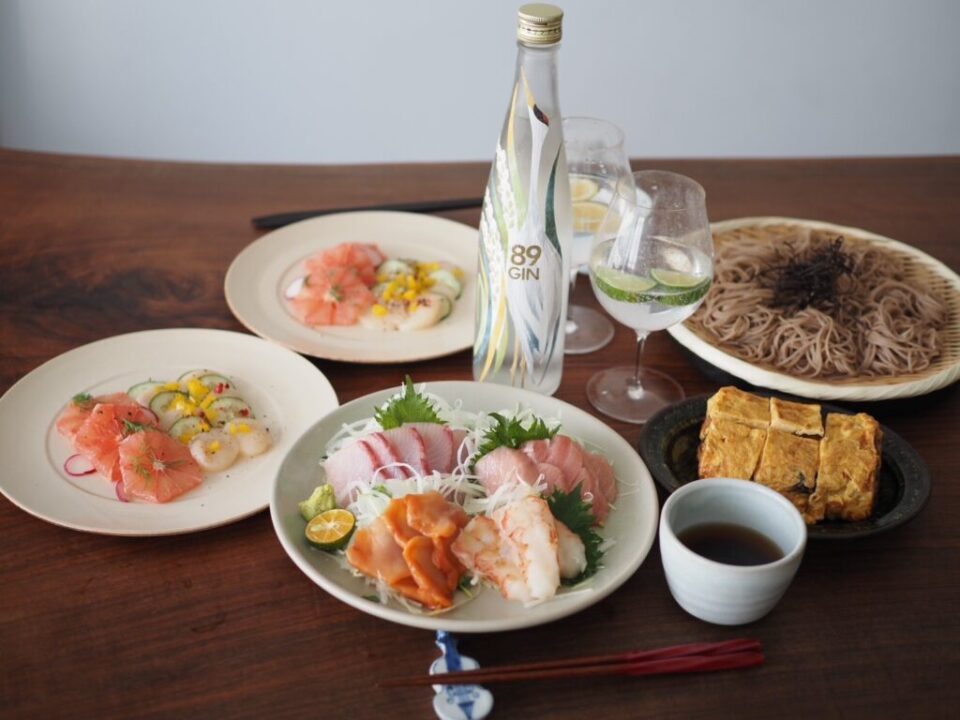
A Bottle Rooted in Craft and Culture, by Katazome artist Yumiko Suzuki
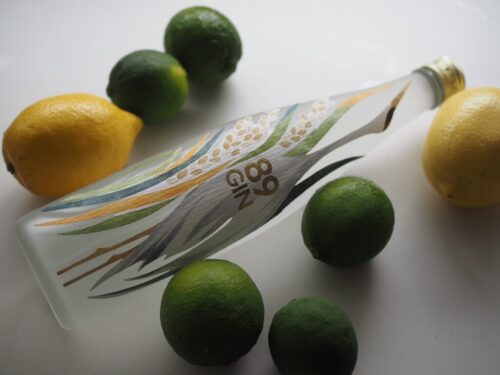
鈴木結美子さん作。想いのこもった、美しいボトルデザイン✨
The gin inside is equally thoughtful. Distilled from rice shochu and flavored with organic lemons grown in the paddies of Yamaguchi—an area that’s home to the red-crowned crane, a national symbol of longevity and grace. The farm itself minimizes chemical use to preserve the natural environment for these endangered birds.
The name of the gin is 89GIN—a poetic nod to the 88 steps said to be needed to grow rice in Japan. The “89th” step? Distilling that rice into this aromatic spirit, adding one final, deliberate act of creation.
A Table to Complement Artful Gin
To celebrate the bottle—and Yumiko’s artistry—I created a meal that echoes the gin’s clean citrus aroma and gentle umami. On the table:
- Sashimi
- Tamagoyaki (rolled omelette)
- Citrus salad
- Cold soba noodles
Rather than matching with rice, I chose soba to keep the textures distinct while allowing the gin’s rice base to shine. The result was a refreshing, quietly luxurious meal.
The bottle had sat on my shelf like sculpture—almost too beautiful to open. But pouring it, sharing it, and tasting it beside food made it all the more meaningful.
*Last time, was a Japanese sake, and she actually painted with the snow she brought back from the fields, to express the natural flow of the water & the terroir
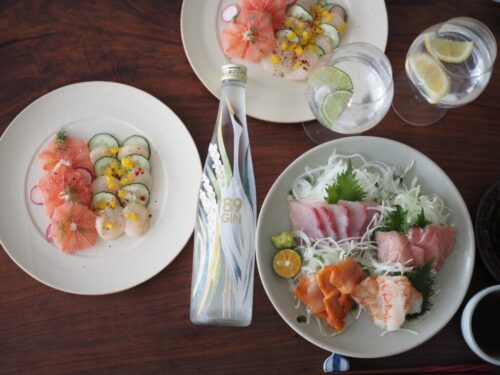

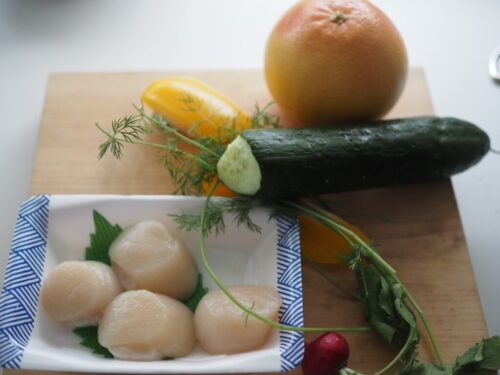
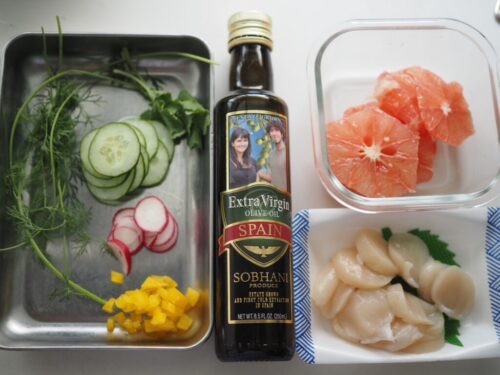
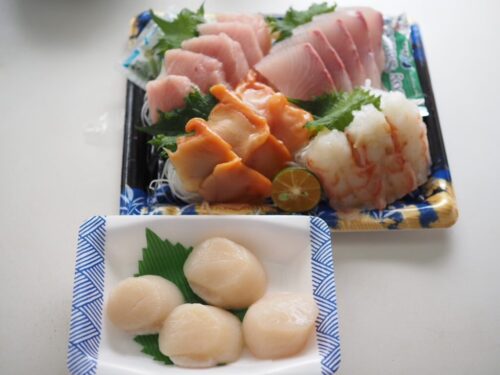

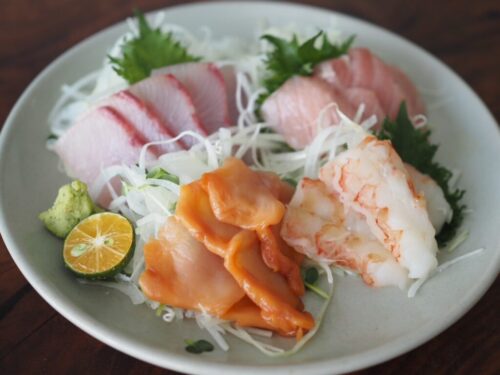
Art, Terroir, and Time
Yumiko’s approach to katazome is grounded in patience and intention. This isn’t fast art. She studies the local context, climate, and seasonal nuances before creating. Her color palette often reflects Japan’s transitional seasons, and her hand-cut stencils tell stories of water, rice, snow, and wind.
In her previous sake bottle design, she literally painted with melted snow from the rice fields. It’s this intimacy with nature—this insistence on narrative integrity—that makes her work feel alive, whether on fabric or glass.
With katazome, color and form are not applied but revealed through time and resistance. And with her gin bottle, that philosophy pours beautifully into how we toast.
型染め作家・鈴木結美子さんの手掛けた素敵なお米のクラフトジンとペアリング
想いのこもった、素敵な素敵な乾杯、おさしみや柑橘サラダを用意して。
山口県 山縣本店さんより、お米のクラフトジン。
型染め作家の友人のボトルデザインが美しく、当面もったいなく、インテリアとして飾っていました。
作品毎にものすごく考え抜かれたデザインや、伝統的な型染めの色合いや日本の四季や伝統を感じる色彩や質感、とっても素敵なのです。
(最後の一枚は、これまた素敵だった日本酒のデザイン、大切に飾っています✨)
ナベヅルが飛来する田んぼで、環境を配慮して丁寧に育てられたお米に、倉野畑で育てられた無農薬栽培のレモンの爽やかさ。
ちなみに、”89GIN(はくジン)”、「米作りには88回の手間がかかるといわれている。さらにひと手間かけてジンを作ったこと」から名付けられているそう。
普段ジンを頂くことはほとんどないのですが、ボトルデザインや読んでいた説明のイメージどおり、お米の柔らかくみずみずしいうま味、レモンの爽やかさ、和の味とも相性よく、特別な食卓となりました。
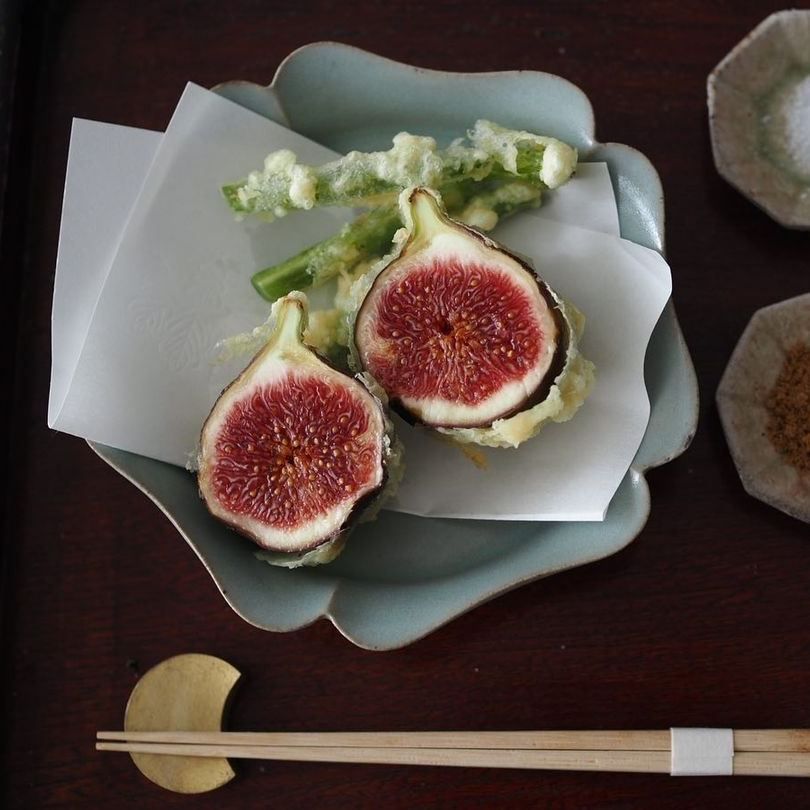
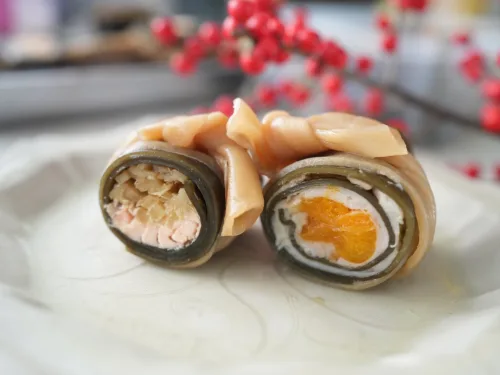


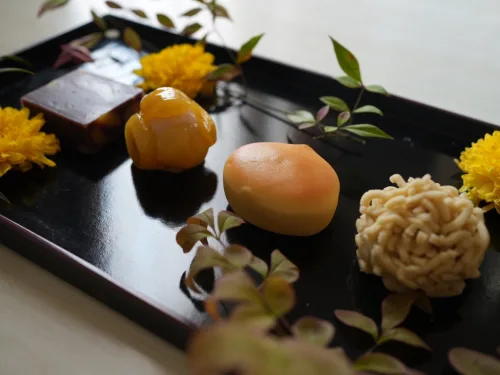
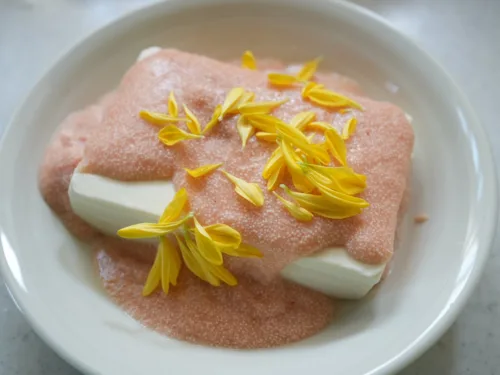


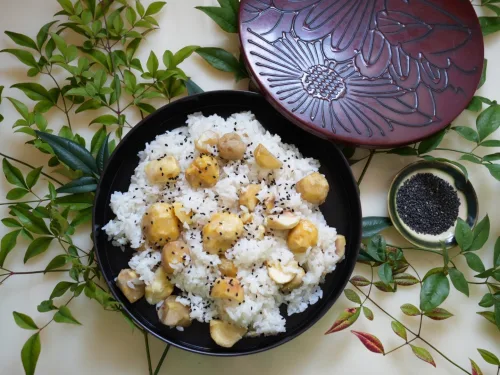
Comments